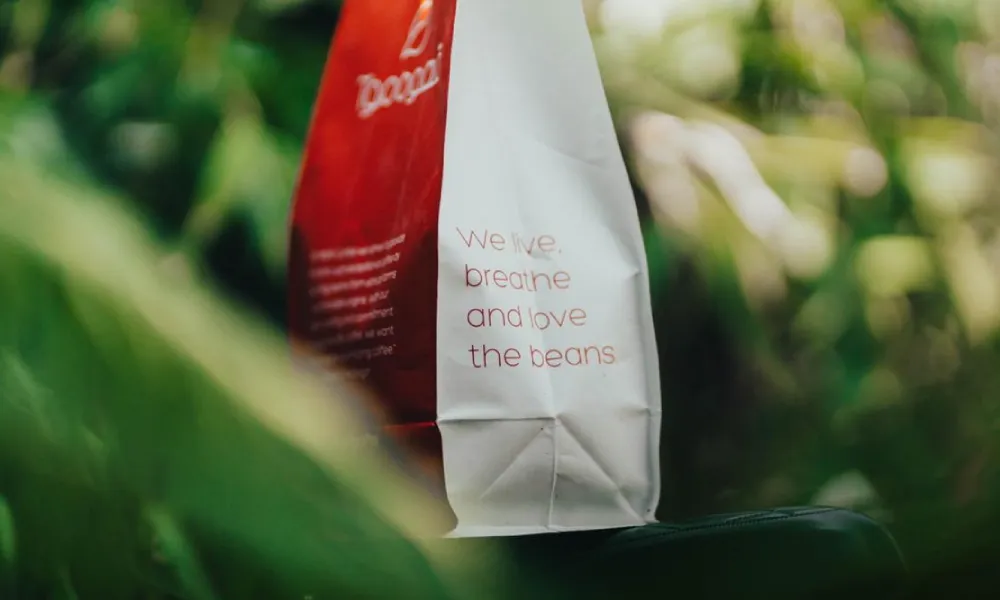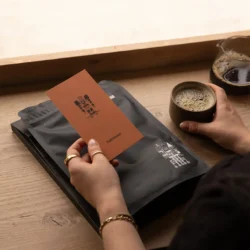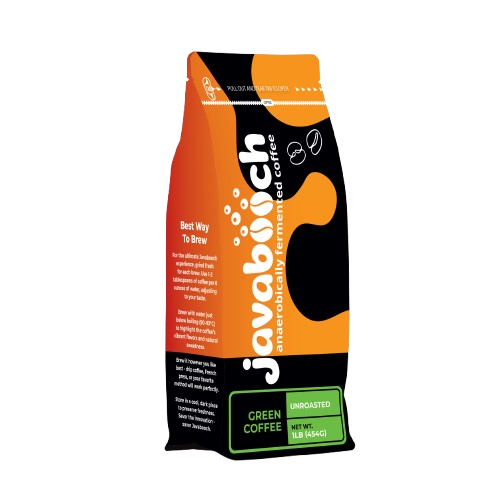n a world of mass-produced everything, storytelling is your brand’s heartbeat.
Yes, great coffee matters. But if your brand doesn’t have a voice—if it doesn’t say something real—you’re just another bag on the shelf.
In this post, you’ll learn how to craft a story that connects, converts, and keeps customers coming back—not just for your beans, but for your beliefs.
1. Why Storytelling Beats Marketing Every Time
People don’t buy coffee.
They buy what coffee says about them.
Starbucks didn’t become a $100B brand because of beans—they sold a lifestyle. Blue Bottle sold minimalism. Stumptown sold Portland culture.
Your story:
- Builds emotional connection
- Creates brand memory
- Drives word of mouth
🧠 Science shows we remember stories 22x better than facts alone.
2. Define Your Founder’s Journey
Where did it begin?
Who are you?
Why did you start this brand?
💬 This is not your résumé. It’s your “why.” It’s the moment you decided coffee could change lives.
Example:
“I started this brand after visiting my grandfather’s old coffee farm in Kiambu, Kenya. He never made much money—but the coffee was magic. I made a promise on that soil: to take this family legacy global.”
People connect with purpose. Use it.
3. Center the Farmers & Process
Specialty coffee is relationship coffee.
Show how your beans are:
- Sourced ethically
- Grown by real people
- Processed with care (washed, natural, anaerobic, etc.)
🧡 Tell stories like:
“Meet Maria. She handpicks every cherry on her Nicaraguan hillside farm. She’s a mother, a dancer, and now a landowner—because of fair-trade partnerships.”
Names, faces, and places make your coffee human.
4. Create a Brand Voice That Sounds Human
Storytelling isn’t just what you say. It’s how you say it.
Your voice should reflect your vibe:
- Calm & refined?
- Energetic & bold?
- Witty & urban?
🎙 Examples:
- Instead of: “Our coffee is ethically sourced.”
- Say: “We shake hands with our farmers—not contracts.”
Consistency is key. Use the same tone on your packaging, website, and Instagram.
5. Use Micro-Stories Everywhere
Your story isn’t just a big “About Us” page.
Tell micro-stories across your brand:
- A fun note inside the box
- Instagram captions that feel like journal entries
- Brewing tips written like advice from a friend
- Packaging blurbs that say more than “100% Arabica”
🧩 These small touches add up. They form a brand personality.
6. Show Struggles, Not Just Success
People love underdog stories.
Don’t be afraid to show:
- What went wrong
- What you learned
- What almost made you quit
Realness wins over perfection.
💬 “We roasted our first batch in a garage with a secondhand Behmor and zero clue what ‘development time’ meant. It tasted awful. But we learned.”
This builds trust. Transparency is the new currency.
7. Let Customers Become the Story
Your customers are your tribe.
Feature them in your content.
📸 Ideas:
- Repost their unboxing moments
- Share their brew rituals
- Interview super fans
- Ask for user-submitted stories (“Why I switched to your brand”)
When they feel part of your journey, they’ll never leave.
8. Make Storytelling a System, Not a Slogan
Create a brand story framework that all team members follow.
Include:
- Brand origin
- Mission statement
- Values
- Tone of voice
- Visual identity (colors, fonts, imagery)
📘 Document it like a style guide so freelancers, marketers, and designers speak with one voice.
9. Where to Share Your Story
Maximize impact by sharing your story across:
- Website (Home, About, Product pages)
- Packaging
- Social media (Reels, captions, lives)
- Email newsletters
- Webinar intros
- Wholesale brochures
- Pitch decks
🧠 Repetition = recognition.
10. Don’t Just Tell It—Show It
Storytelling isn’t always text.
🎥 Use:
- Photos of farmers and roasting sessions
- Videos of your sourcing trips
- Infographics showing bean journey (farm → roastery → customer)
- Behind-the-scenes content
Visual storytelling builds trust faster than copy.
Final Thoughts
Your story is your brand’s soul.
It doesn’t need to be perfect. It just needs to be honest.
When customers believe in your journey, they’ll believe in your coffee.
And when they believe in your coffee—they’ll tell the world.




